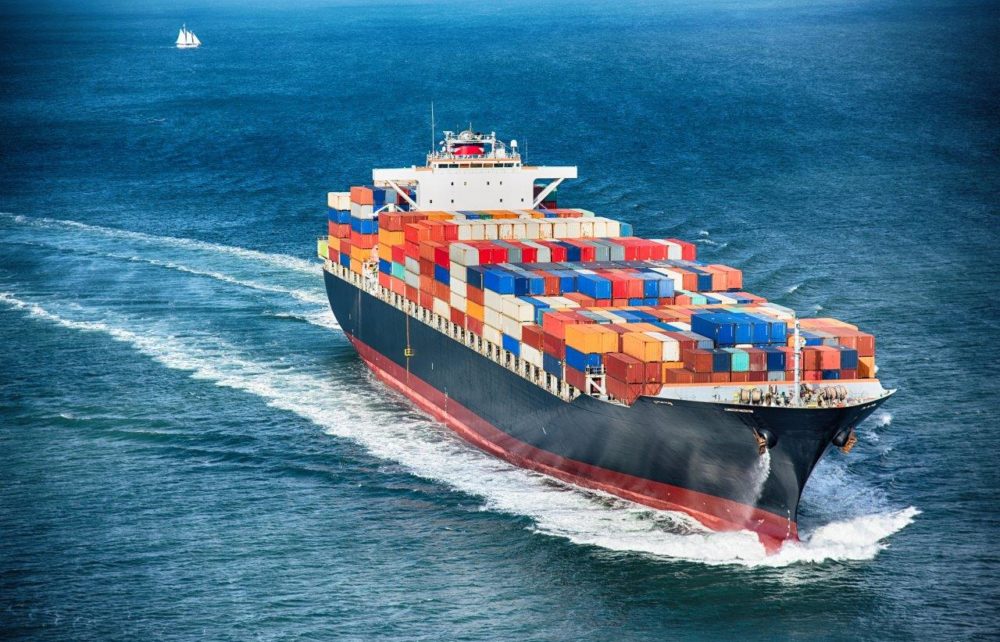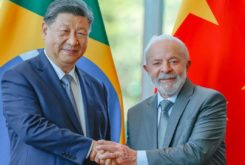Main source of Brazilian imports since 2019, China sourced 21.9% of Brazilian foreign purchases last year, ahead of the European Union, according to a new study.
A survey released by the National Confederation of Industry (CNI), shows that, in addition to increasing exports to Brazil, China also began to sell increasingly sophisticated products.
By analyzing 15 industry sectors, the survey found that China’s imports grew in 11, remained in three and fell in only one sector.
Brazil’s Exports to China Grow 36% by April, Boosted by Iron Ore
Among the most advanced sectors in China from 2006 to 2020 are machinery and equipment, chemical products and electrical materials. Even segments in which the Asian country had little tradition gained significant market shares: vehicles and automobiles and fine chemicals.
At the same time, Brazilian industry began to buy less and less from other regions and other countries. Of the 15 sectors surveyed, 11 started to import less from the European Union and Japan and 13 started to buy less from South America and the United States.
The manager of National Integration Policies at the CNI, Fabrizio Sardelli Panzini, told Agencia Brasil that figures show a loss of quality of Brazilian foreign trade, as 75% of exports to China are concentrated in soy, iron ore and oil, while imports are increasingly of complex goods.
Brazil Able to ‘Expand and Diversify’ Offer of Products to China
The CNI manager defends the rapid approval and implementation of the trade agreement between Mercosur and the European Union so that Brazilian industry can regain its share of exports.
Over the past 15 years, China has made considerable progress in foreign trade. In 2006, the country had 8.6% of Brazilian imports. Traditionally the main supplier of products to Brazil, the European Union saw its share drop from 20.3% in 2006 to 19.1% last year.
In the same period, the United States maintained a relatively stable participation in Brazilian imports, with a slight increase from 15.7% to 17.6%, maintaining the third position.
The main loser in the origin of Brazilian imports was South America. From second place in 2006, responsible for 17.6% of Brazil’s foreign purchases, the continent fell to fourth place, with 11.4% in 2020.




